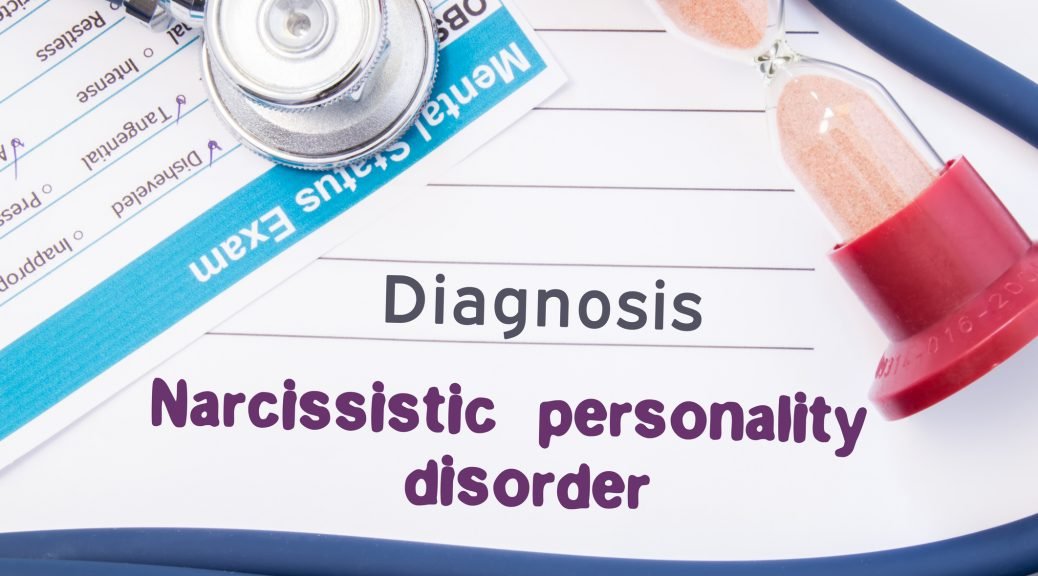Personality Disorders Symptoms and Diagnosis: An overview
Personality disorders symptoms are not always easy to distinguish from relatively normal behaviors, although the consequences can be tremendously different. Personality disorders are groups of traits and characteristics that have become very rigid and dysfunctional, severely limiting functioning and most often resulting in severe distress and impairment. These thinking and behavioral patterns have usually been identified in these individual for a long time and in most cases since late adolescence or early adulthood.
The characteristics associated with personality disorders should probably be considered dimensional rather than categorical in that they are also seen in normal individuals to a significantly lesser degree. The DSM-V however has continued the traditional structure of categories that has been used over the last 30 years.
Common Characteristics of the Personality Disorders:
In order to receive a diagnosis of a personality disorder there needs to be an enduring pattern of negative behaviors, thoughts, feelings and sensations that are substantially different from the individual’s culture. This pattern includes an individual’s affect, cognition, control of impulses, and interpersonal relationships. This pattern of behaving and thinking has to apply in a broad-based manner over the individual’s personal and social life.
Personality disorders usually begin in adolescence (sometimes childhood) or early adulthood and manifest themselves in many social and personal contexts and cause a high level of distress and disability in an individual’s working and educational experience, as well as social and personal functioning. These characteristics cannot be associated with substance abuse, other mental disorders, physical illness, other personality disorders or personality changes associated with other medical conditions. The hallmark of personality disorders is their level of early onset (most commonly late teens), intensity of characteristics and pervasive nature in that it affects multiple aspects of an individual’s life including work, personal and social life.
A couple of the problems associated with the recognition and diagnosis of personality disorders is that they are frequently overlooked and at other times may be over-diagnosed. Two of the more notorious over diagnosed personality disorders are probably the narcissistic and borderline personality disorders. In DSM-V Made Easy, James Morrissey identified several things for a clinician keep in mind when making a diagnosis of personality disorder.
1. Verify the duration of the symptoms. Make sure that your patient’s symptoms have been present at least since early adulthood (before age 15 for antisocial personality disorder).
2. Verify that the symptoms affect several areas of the patient’s life.
3. Make sure that the patient fully qualifies for the particular diagnosis in question.
4. If the patient is under age 18, make sure that the symptoms have been present for at least the past 12 months.
5. Rule out other mental pathology that may be more accurate and have greater potential for doing harm.
6. Search for other personality disorders. Evaluate the entire history to learn whether any additional personality disorders are present.
7. Record all personality and non-personality mental diagnosis.
The following are the most commonly diagnosed personality disorders:
Cluster A Personality Disorders:
The Cluster A personality disorders usually involve behaviors described as suspicious, cold, withdrawn and/or irrational.
F60.0 (301.0) Paranoid Personality Disorder
F60.1 (301.20) Schizoid Personality Disorder
F21 (301.22) Schizotypal Personality Disorder
Cluster B Personality Disorders:
People who experience Cluster B Personality Disorders usually tend to be dramatic, very emotional and attention seeking with shallow, fluctuating moods. They often have intense interpersonal problems.
F60.2 (301.7) Antisocial Personality Disorder
F60,3 (301.83) Borderline Personality Disorder
F60.4 (301.50) Histrionic Personality Disorder
F60.81 (301.81) Narcissistic Personality Disorder
Cluster C Personality Disorders:
The Cluster C Personality Disorders usually feature characteristics of being typically tense, anxious and being over controlled.
F60.6 (301.82) Avoidant Personality Disorder
F60.7 (301.6) Dependent Personality Disorder
F60.5 (301.4) Obsessive-Compulsive Personality Disorder
Other Personality Conditions:
F07.0 (301.1) Personality Change Due to Another Medical Condition
F60.89 (301.89) Other Specified Personality Disorder
F60.9 (301.9) Unspecified Personality Disorder
By Paul Susic Ph.D. Licensed Psychologist



